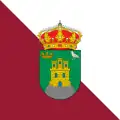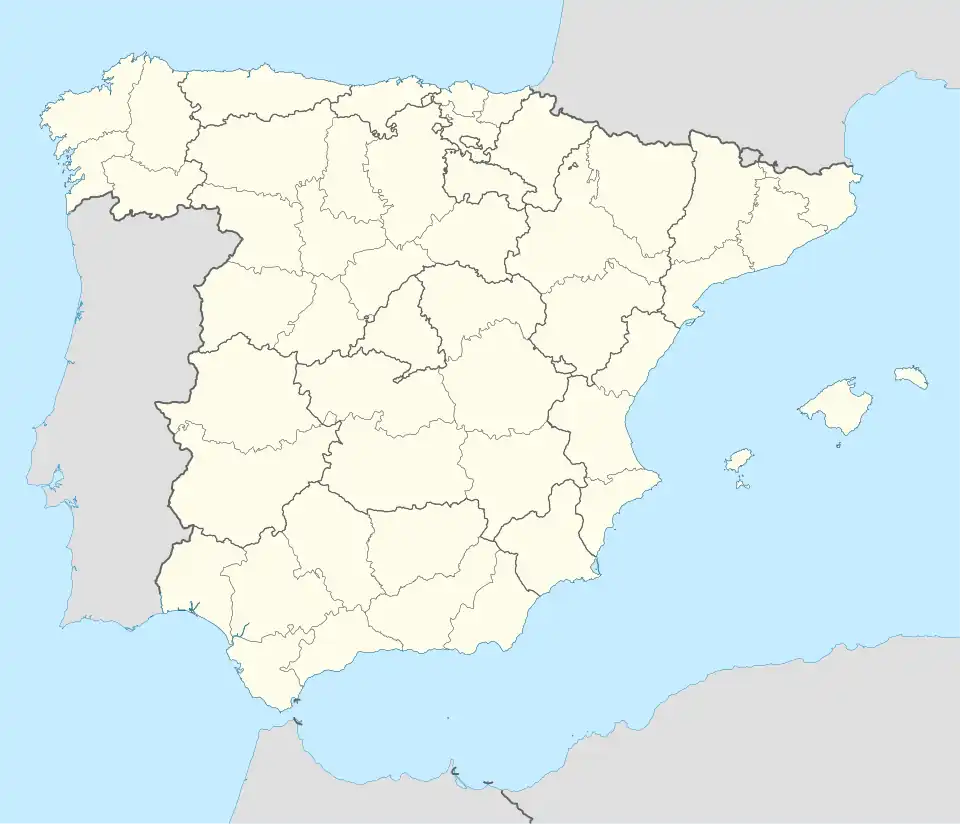El Mirón
El Mirón | |
|---|---|
 View of El Mirón | |
 Flag  Coat of arms | |
 El Mirón Location in Spain.  El Mirón El Mirón (Spain) | |
| Coordinates: 40°31′55″N 5°24′19″W / 40.53194°N 5.40528°W | |
| Country | |
| Autonomous community | |
| Province | |
| Municipality | El Mirón |
| Area | |
• Total | 31.08 km2 (12.00 sq mi) |
| Elevation | 1,265 m (4,150 ft) |
| Population (2018)[1] | |
• Total | 124 |
| • Density | 4.0/km2 (10/sq mi) |
| Time zone | UTC+1 (CET) |
| • Summer (DST) | UTC+2 (CEST) |
| Website | Official website |
El Mirón is a municipality located in the province of Ávila, Castile and León, Spain. According to the 2006 census (INE), the municipality had a population of 198 inhabitants. The number increased to 207 in 2012.[2]
The name came into attention upon the discovery an Upper Paleolithic (Magdalenian) skeleton in 2015 from the El Mirón Cave. The skeleton was that of a woman and is coated with ochre (a red pigment), hence she is nicknamed The Red Lady of El Mirón.[3] The woman is about 35 to 40 years of age, and was buried around 18,700 years ago.[4][5]
References
- ^ Municipal Register of Spain 2018. National Statistics Institute.
- ^ "Population of El Mirón, Spain". mongabay. Archived from the original on 21 August 2016. Retrieved 27 July 2016.
- ^ Straus, Lawrence G.; González Morales, Manuel R.; Carretero, Jose Miguel; Marín-Arroyo, Ana Belen (2015). ""The Red Lady of El Mirón". Lower Magdalenian life and death in Oldest Dryas Cantabrian Spain: an overview". Journal of Archaeological Science. 60 (1): 134–137. doi:10.1016/j.jas.2015.02.034.
- ^ González Morales, Manuel R.; Straus, Lawrence G. (2015). "Magdalenian-age graphic activity associated with the El Mirón Cave human burial". Journal of Archaeological Science. 60 (1): 125–133. doi:10.1016/j.jas.2015.02.025.
- ^ Weiss, Daniel (11 August 2015). "The Red Lady of El Mirón". Archaeology. Archaeological Institute of America. Retrieved 27 July 2016.